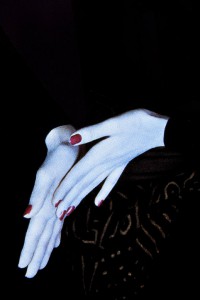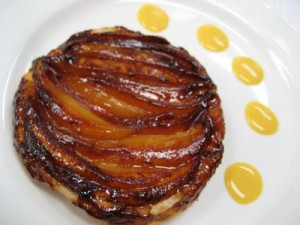Chanel – Égoïste
One of my all-time favorite fragrances from Chanel is not even a woman’s fragrance, though according to an interview with its creator Jacques Polge, Égoïste was inspired by one of Chanel’s most iconic women’s fragrances, Bois des Iles. Polge reportedly stumbled upon Ernest Beaux’s original formula for Bois des Iles, which was released in 1926 and adapted it to a male sensibility. Égoïste, not to be confused with Égoïste Platinum which debuted in 1994, was released in 1990 and despite an almost cult-like following among its admirers, failed miserably outside of the European market. As a side note, Égoïste Platinum which was created in keeping with a more American olfactory aesthetic of clean, sporty fragrances flourished, in the travesty of what my friend at Chanel refers to as “the baby killing the father”.
Égoïste was originally released under the name Bois Noir, a nod at the source of Polge’s inpiration, and only available at Chanel boutiques similar to the way Les Exclusifs are marketed now. The fragrance was intended to accompany a line of men’s clothing, although this idea was later axed by Chanel, leaving Bois Noir orphaned. When the fragrance was finally made available for wider distribution, it was done so under the name Égoïste, perhaps another reason for its lack of popularity in the United States. Égoïste roughly translates into “selfish person”, one who is self-centered and overly preoccupied with their individual needs. Without getting into a debate over why it is healthy for a person to be concerned with their own needs and desires, let’s just say that while this name was perfectly acceptable abroad, it was not well-received state-side.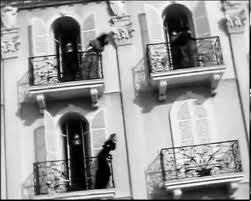
I will never forget the first time I saw the commercial for Égoïste, probably one of the most brilliant and bizarre marketing campaigns I had ever witnessed – beautiful women dressed in magnificent couture gowns, throwing open the doors of a French apartment building, shouting impassioned cries at the offending Égoïste, their lines loosely based on Pierre Corneille’s “Le Cid”, while Prokofiev’s dramatic “Dance of the Knights” plays in the background.
“Égoiste. Où es-tu ? Montre-toi misérable! Prends garde à mon courroux, je serai implacable. Ô rage ! Ô désespoir ! Ô pourquoi m’as-tu donc trahi ? N’ai-je donc tant vécu que pour cette infâmie ? Montre-toi égoiste ! Égoiste…!”.*
The only glimpse we get of the cause of such calamity is the masculine hand of the Égoïste himself as he sets a bottle of the fragrance on the balcony of the apartment building he shares with all of the women has apparently seduced and forgotten. In an instant, without being bombarded with images of virile male models, we understand at once that Égoïste is about seduction. And while it is evident that our invisible Don Juan and his fragrance have moved on from these various women, they have left their indelible mark on these women, a scented memory of seduction.
The fragrance itself is gorgeous, a hybrid of Bois des Iles and Chanel No 18, the latter created around the scent of ambrette seed, one of the components of Égoïste. From the first opening notes, one is immediately aware that Égoïste was a new creation in men’s fragrances, one that left the classical fougere and chypres behind. In the opening we are greeted with a spicy mix of flowers and fruit, that comes across as rich and slightly plummy.
As the fragrance warms on the skin, the seduction continues. Égoïste deepens into a beautiful, slightly creamy woods softened by vanilla and traces of ambrette. The effect is stunning, and equally delicious on a man or a woman.
Woody Oriental
Notes: Tangerine, lavender, rose, coriander, Bourbon vanilla, sandalwood, rosewood and ambrette seed.
*Where are you? Show yourself, you wretch! Beware my wrath. I will be implacable. O rage! O despair! O why have you betrayed me? Have I lived only for this insult? Reveal yourself, egotist!

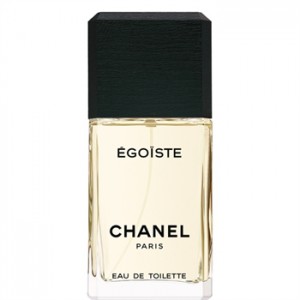
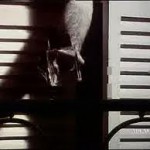




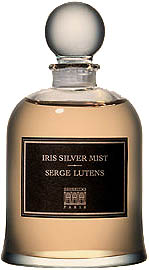
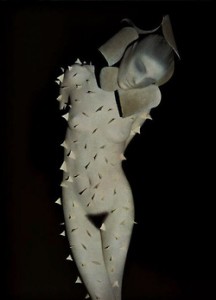
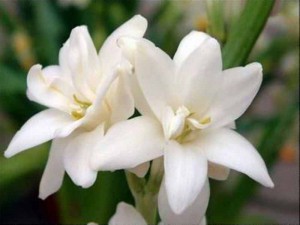
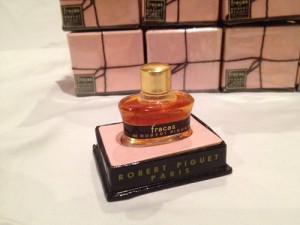
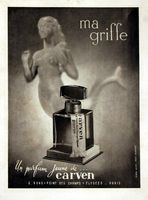
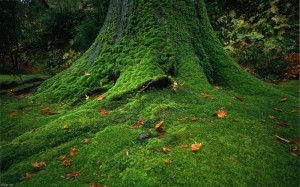

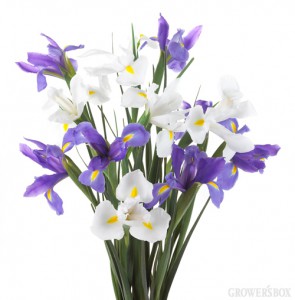

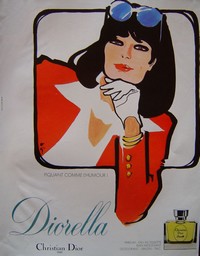
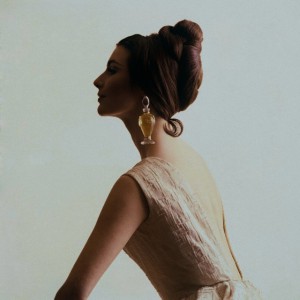
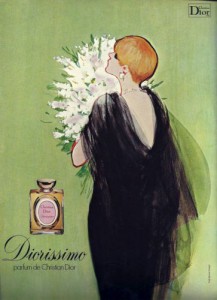
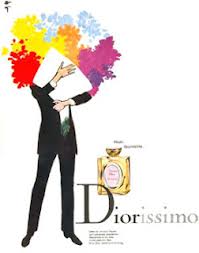
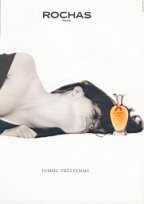
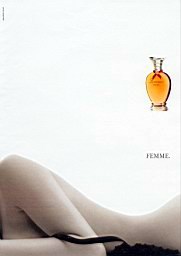
 It’s as if the baker took us by the hand.
It’s as if the baker took us by the hand. 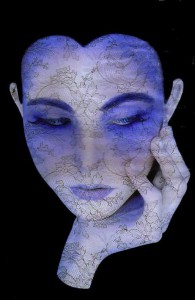
 Serge Lutens
Serge Lutens